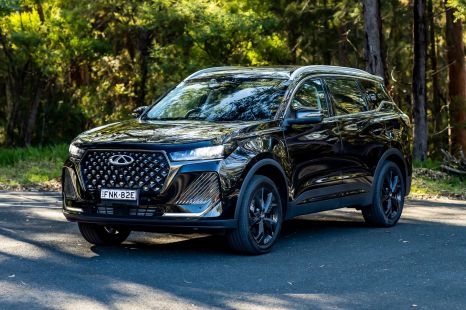

Matt Campbell
6 Days Ago
With the unveiling of Mercedes-Benz’s new high-tech MBUX system in the upcoming S-Class, it reinforces how far we have come from the trusty radio head unit.
Infotainment, as the name suggests, refers to broadcast material that is intended to entertain and inform.
As cars become more automated and electrified, the industry is further reimagining the idea of what and how entertainment and information are delivered into car cabins – but it all started with the radio.
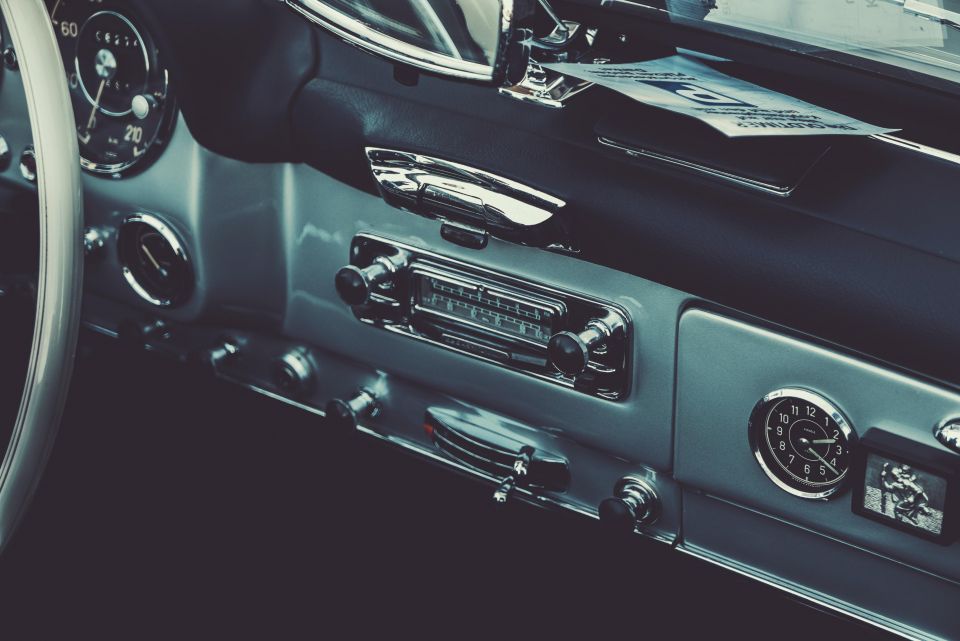
The first consumer-ready mono AM car radio was offered by Motorola (then called the Galvin Manufacturing Corporation).
At the time, it cost around $184 (around $2600 in today’s money with inflation).
The car radio brought the idea of the infotainment to the car, allowing the (well-heeled) masses to enjoy music broadcasts, tune into the news and talkback, and also listen to advertisements beyond the family living room.
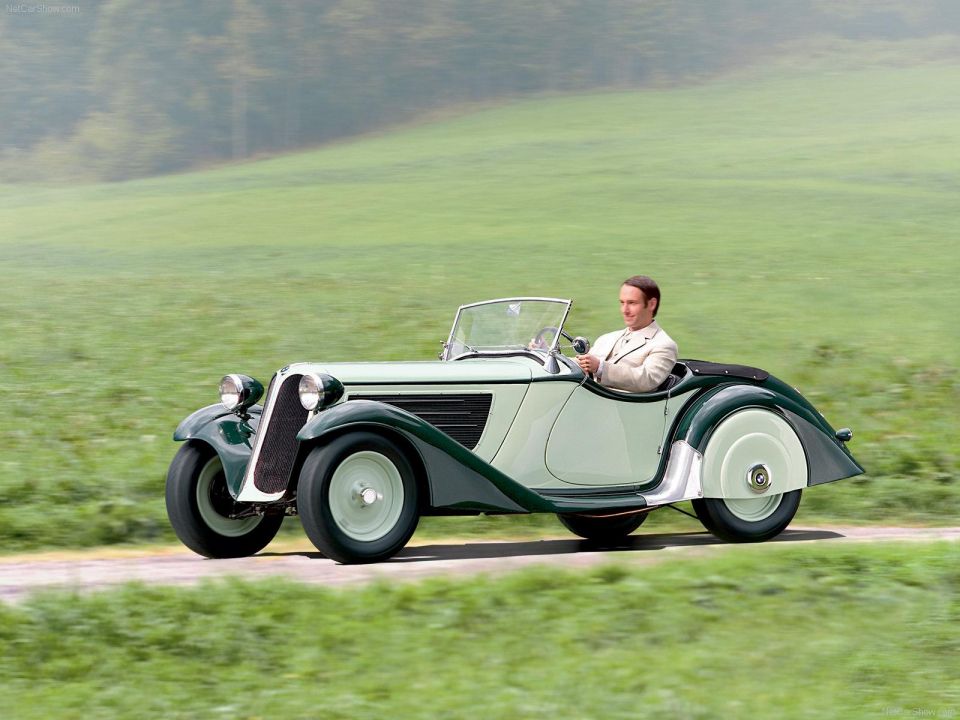
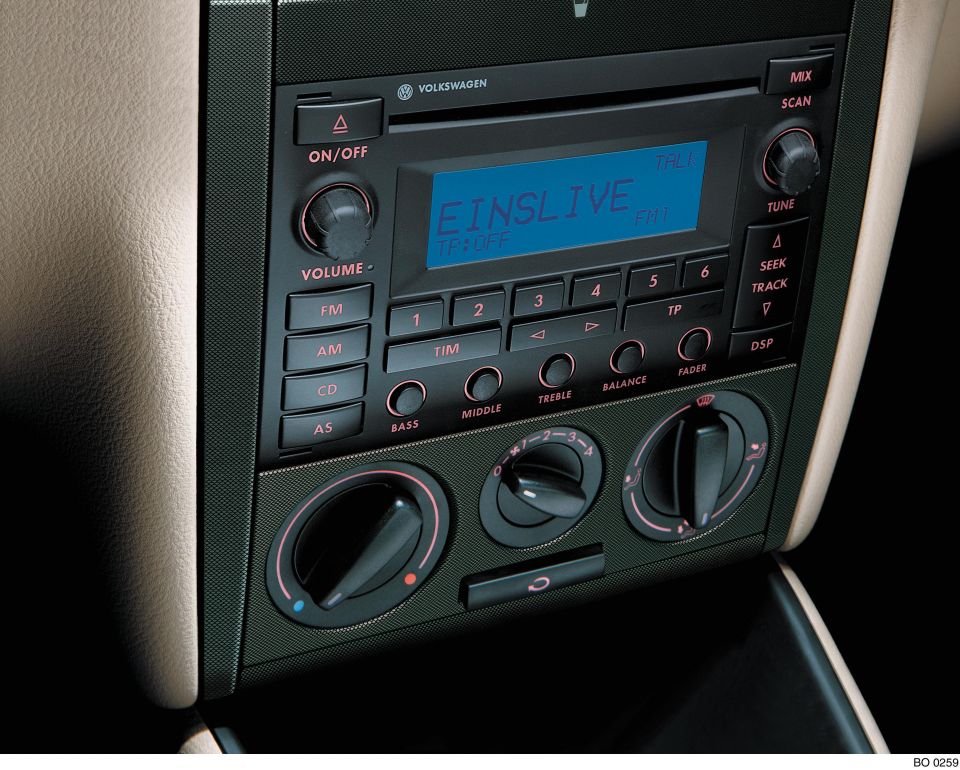
The first radios were, unsurprisingly, ungainly; they needed to be screwed onto the floor of the car and controlled by a commander affixed onto the dashboard.
In 1952, the FM radio made its way into cars for a more reliable signal transmission.
Today, the radio is still popular. Commercial Radio Australia found 64 per cent of weekly radio traffic comes from motorists in Australia.
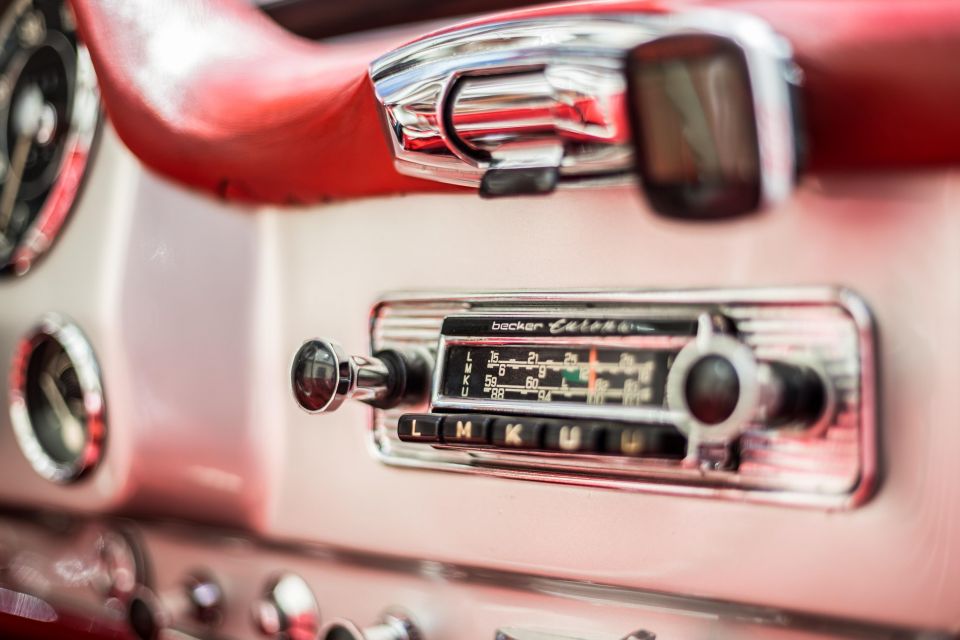
A decade on, the first form of mechanical data storage for vehicle infotainment systems emerged.
A series of physical buttons on radio head units could memorise a set of preferred stations for quick access and switching.
Even some of the most advanced infotainment systems today feature mechanical preset buttons.
BMW OS7.0 can be controlled with a rotary dial, voice inputs, steering wheel controls, and gestures, but it also has eight hard buttons on the dash to store radio presets.
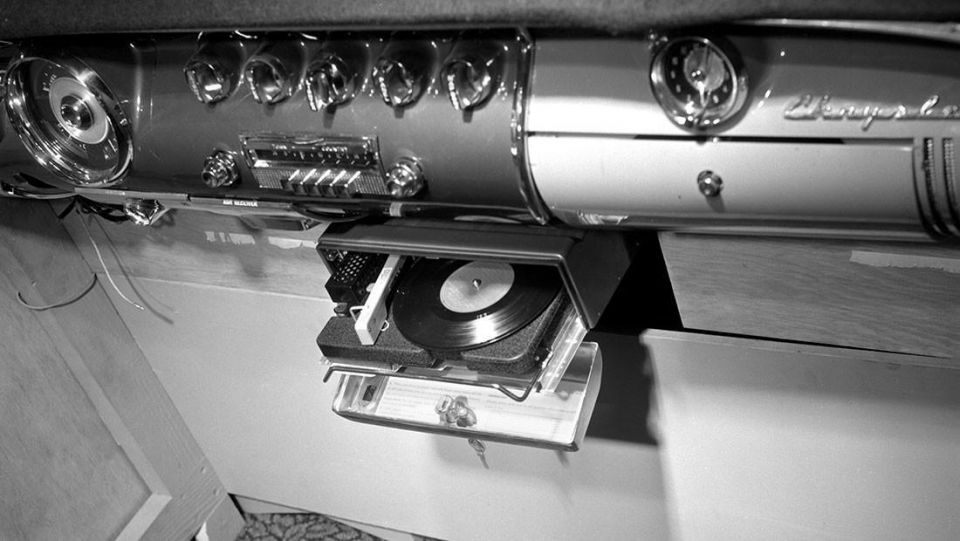
As the FM radio made its way into the market, companies experimented with record players in the ‘50s.
Chrysler was the first car company to introduce record players into its cars.
The vinyl disk record player allowed drivers to choose their own soundtracks, without depending on radio station broadcasters that choose what audiences should listen to and when.
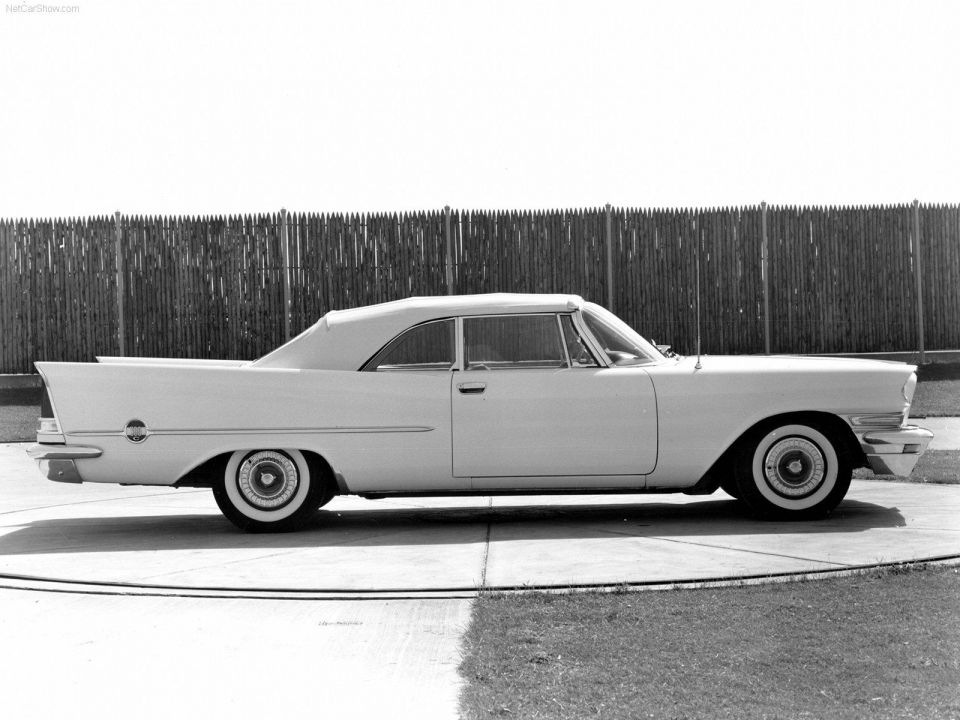

This marked the first sign of on-demand listening, but car brands quickly realised it wasn’t viable.
Recordings were often interrupted by vibrations from the road reverberating through a car’s interiors while driving. It caused skips in the audio, creating an unstable connection between the record player needle and the vinyl disk grooves.
Unfortunately, the record player met its demise in the same decade.
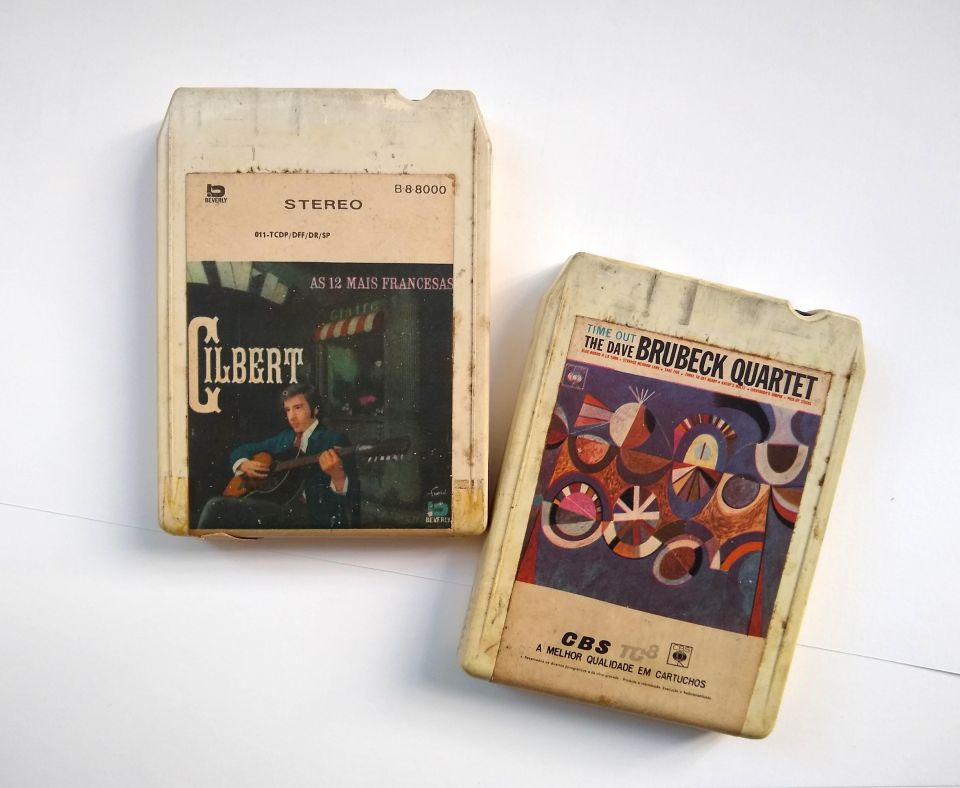
A joint venture between Ford and Motorola saw the proliferation of the 8-track player in 1964.
The tape was more reliable and better suited to cars than vinyl record players. It is the first form of analogue in-car storage.
The 8-track was another significant step for on-demand listening in cars, although users would still need to pre-record their favourite soundtracks onto the magnetic tape beforehand.
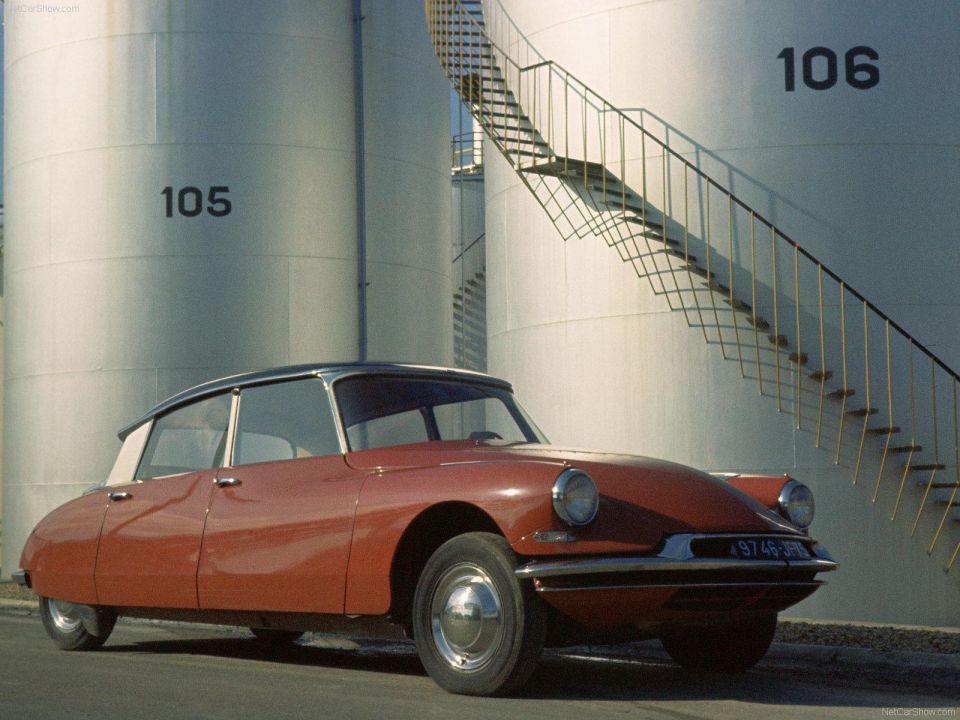
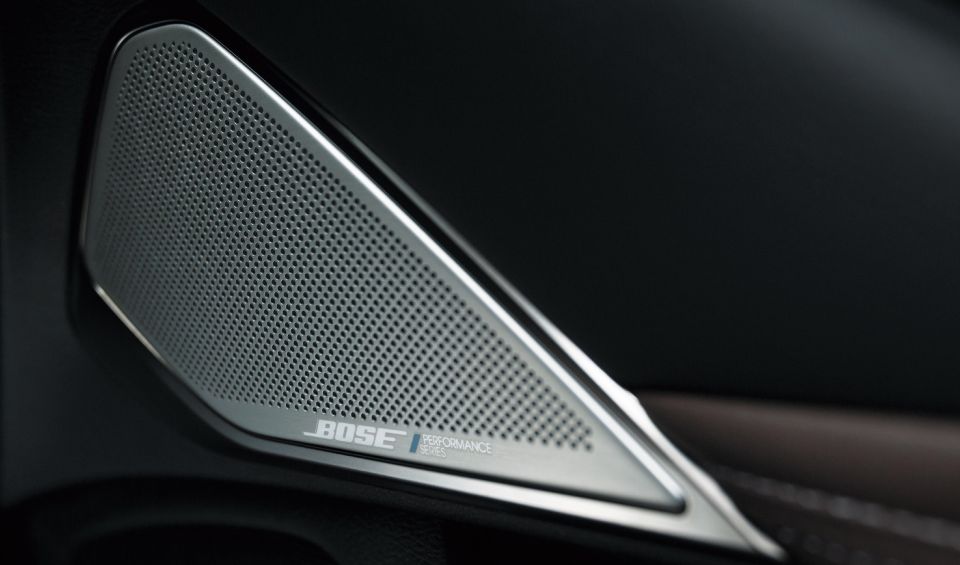
At the end of the ‘60s, the first car stereos were introduced using two streams of audio instead of the previous one (called mono). The first car stereo was manufactured by Becker in 1969.
This allowed for a more immersive surround sound-like experience with a separate left and right audio channel playing simultaneously.
The Beatles and Jimi Hendrix were among the first artists to experiment with stereo music in their respective albums.
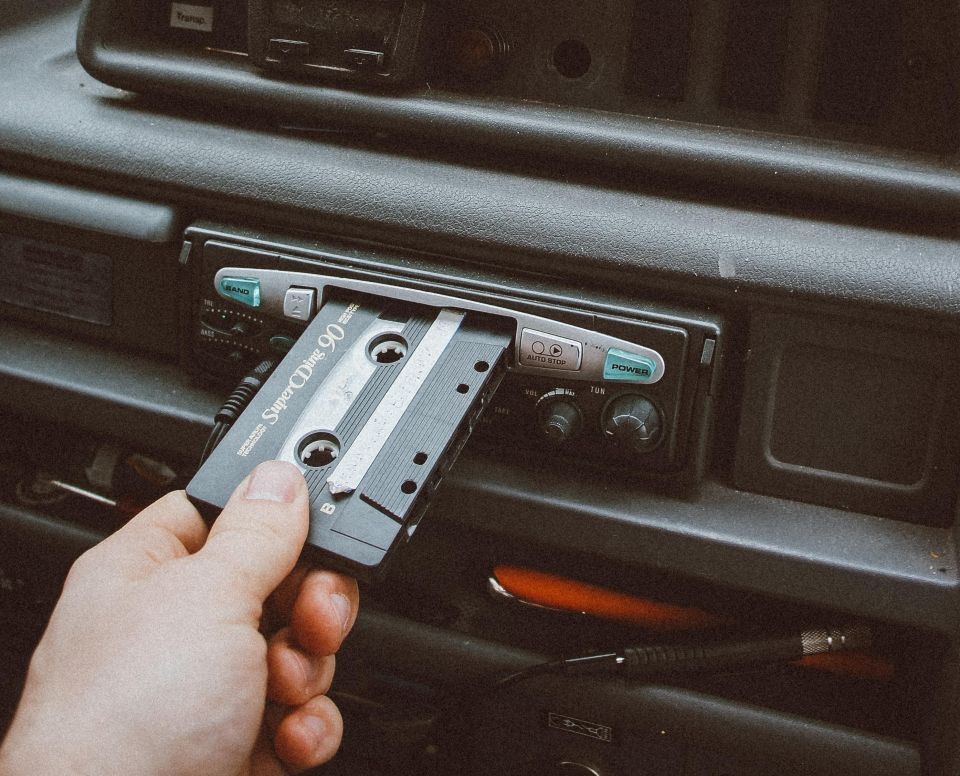
Succeeding the 8-track was the development of the compact cassette player in the ‘70s.
As the name suggests, it addressed the bulkiness of the 8-track with a more compact way to store music.
The smaller analogue magnetic tape could hold around 45 minutes of audio on each side and was more affordable.
For convenience, the tape could be bought pre-loaded with music or as blank tapes for users to manually record soundtracks.
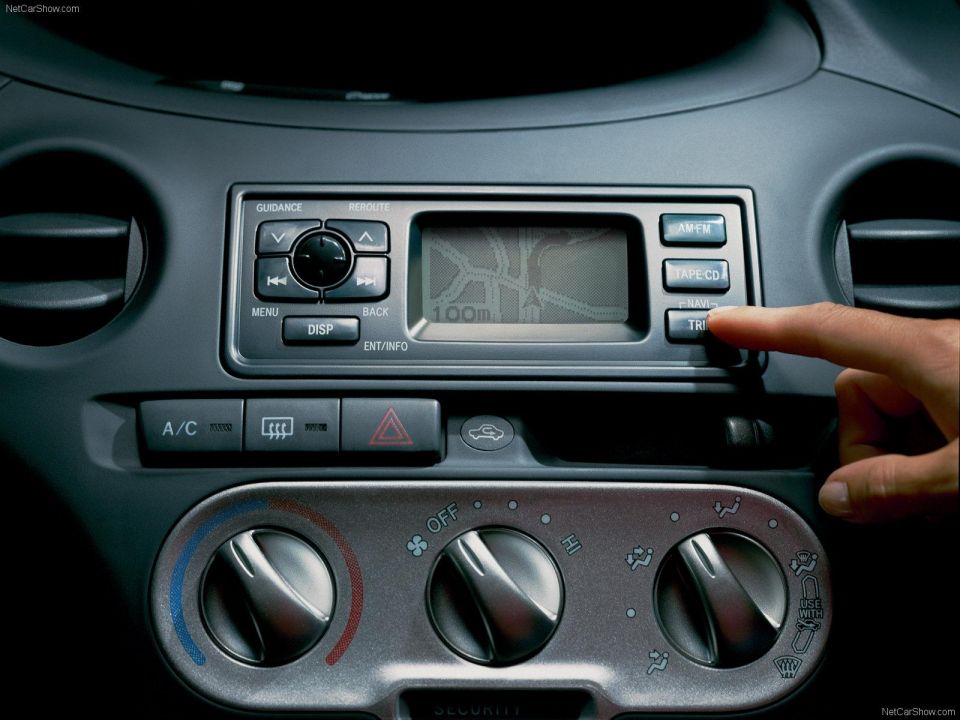
In 1981, Honda, Alpine and Stanley Electric developed the Electro Gyro-Cator navigation unit in Japan. It required translucent maps behind the screen manually, then lights would scroll over a monochrome 6.0-inch screen to pinpoint the car’s location.
At the same time, Japanese carmaker Toyota introduced the first in-car navigation system for its third generation Celica coupe model.
Dubbed the ‘NAVICOM’, it was controlled by a microcomputer that displayed an electronic compass and map graphics showing the direction and distance to a set, coded destination – all on a monochromatic display.
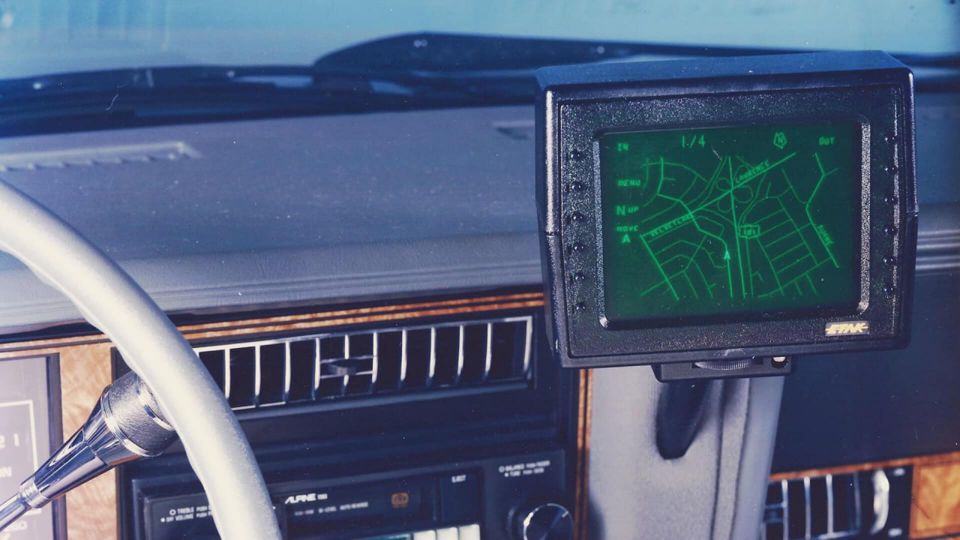
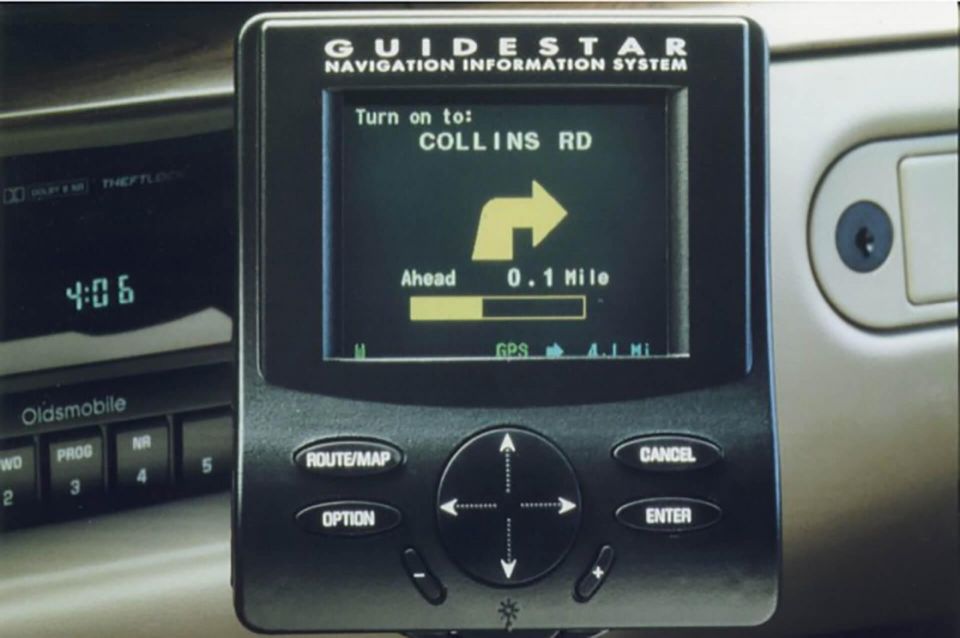
The Etak Navigator in 1985 was an aftermarket system that used cassettes to store mapping data, and used dead reckoning – a process of calculating position through estimations of speed and course over time – instead of GPS.
However, the dependency on cassettes resulted in inconveniences – a city like Los Angeles would span four separate tapes, and cassettes were also rendered useless on a hot day.
Multi-colour screens entered in 1987 with the ‘CD-ROM’ system found in the Japan-only Toyota Crown Royal Saloon G, then Mazda and General Motors followed in the ‘90s with its own navigation units.
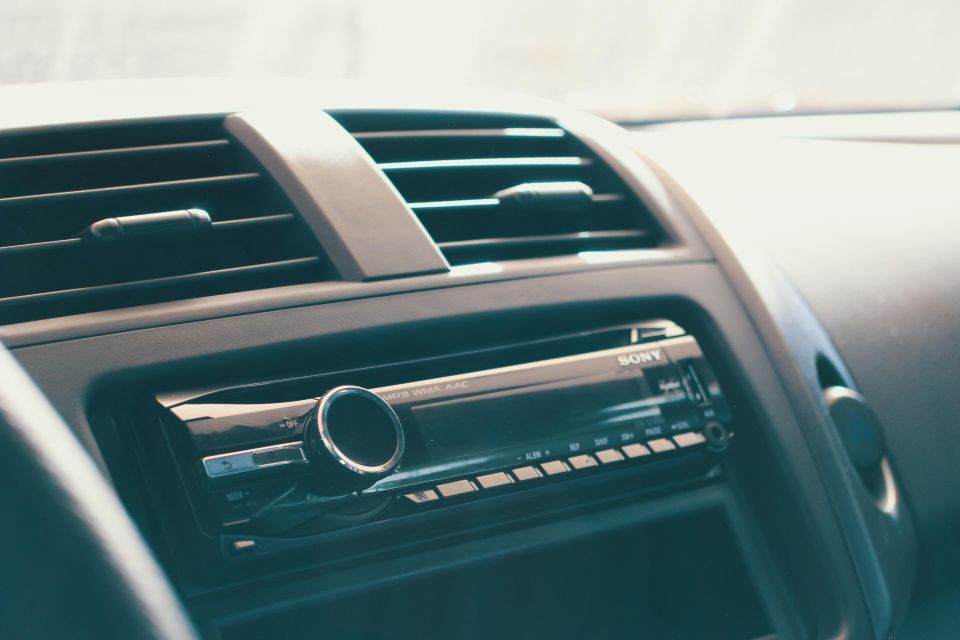
Compact disc (CD) formats overshadowed cassettes for digital audio storage.
CDs could retain audio quality over a long period of time, and was more lighter and portable.
In the ‘90s, CD players in cars became standard. At the end of the decade, rewritable discs appeared that allowed drivers to compile their own music onto a single CD – a process called ‘CD burning’.
Around the same time, MP3 units with inbuilt storage started to emerge. These head units could store and play files loaded from an MP3 device like the MPMan F10 and Compaq Personal Jukebox.
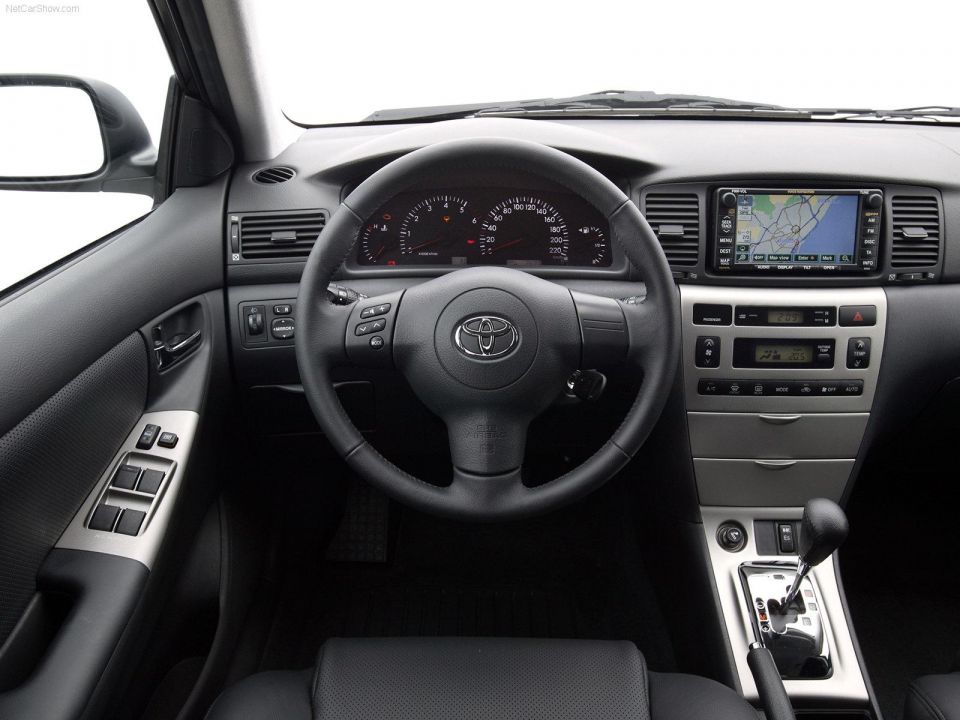
As the start of a new century turned, touchscreen in-vehicle infotainment (IVI) systems became mainstream.
Owners could play music, navigate around using on-board GPS, and even control the vehicle’s heating, ventilation and air conditioning (HVAC) – all on single or multi-coloured LCD displays.
Chrysler introduced the first Bluetooth-capable system for 2000 model-year cars, allowing drivers to connect their mobile devices to stream stored audio in the car stereo or take hands-free phone calls.
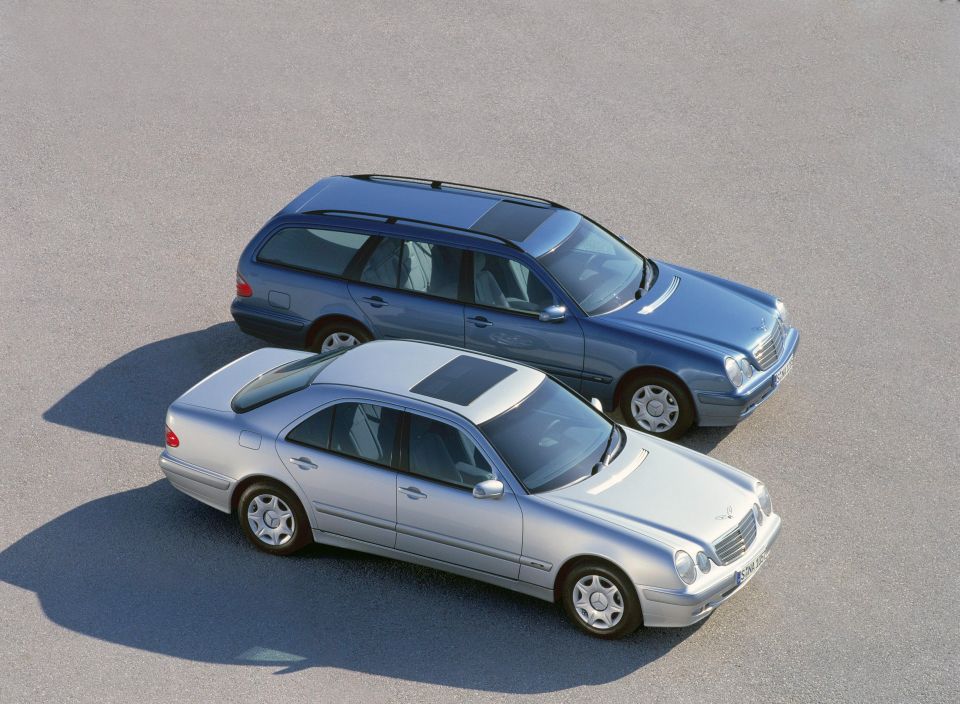
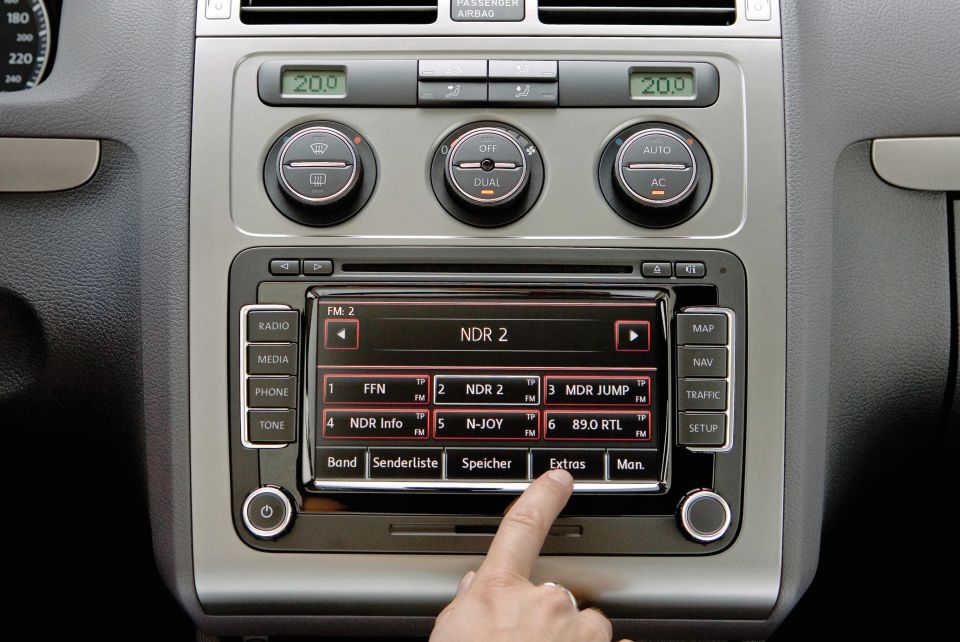
Additionally, the auxiliary jack entered car interiors for a more direct and reliable connection, while USBs penetrated the market in 2006.
While touchscreens still allowed for AM/FM radio, the digital audio broadcasting (DAB) protocol emerged as a better quality and even more reliable form of radio listening.
Notably, Ford introduced its first Sync system in 2007 which included its own hands-free voice control to operate functions such as Bluetooth calling and audio.
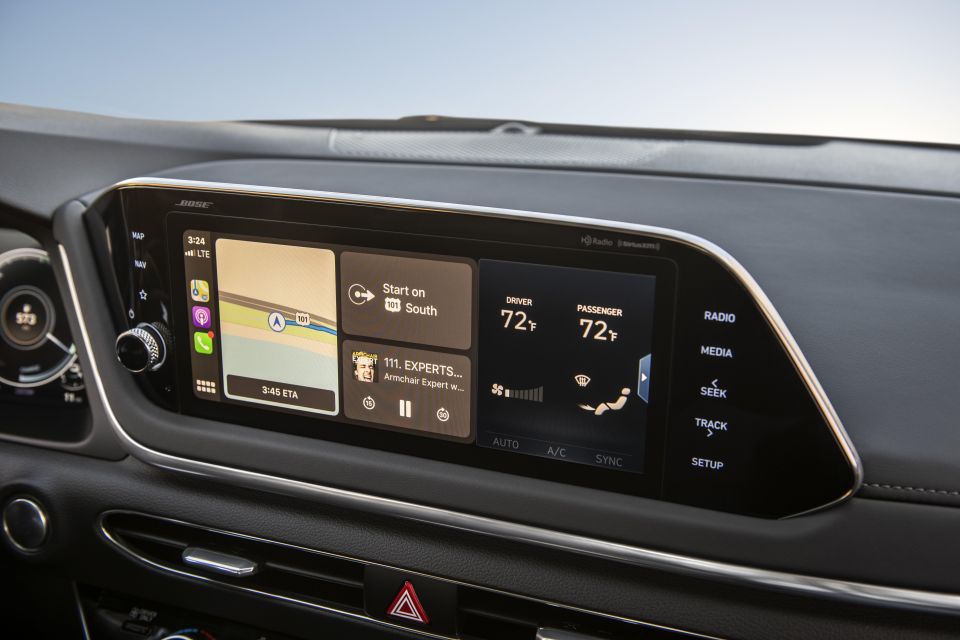
With touchscreen smartphones becoming the mainstream, cars have become more connected and integrated, as larger capacitive multi-touch infotainment displays become a standard affair.
Infotainment systems advanced their capabilities with improved interface designs to play music, along with convenience features such as built-in navigation with real-time traffic data and routing.
Integrations with common smartphone apps like Stitcher, Pandora, BringGo navigation, Yelp, and more depending on the car manufacturer also surfaced – bringing on-demand Internet audio streaming into the car.
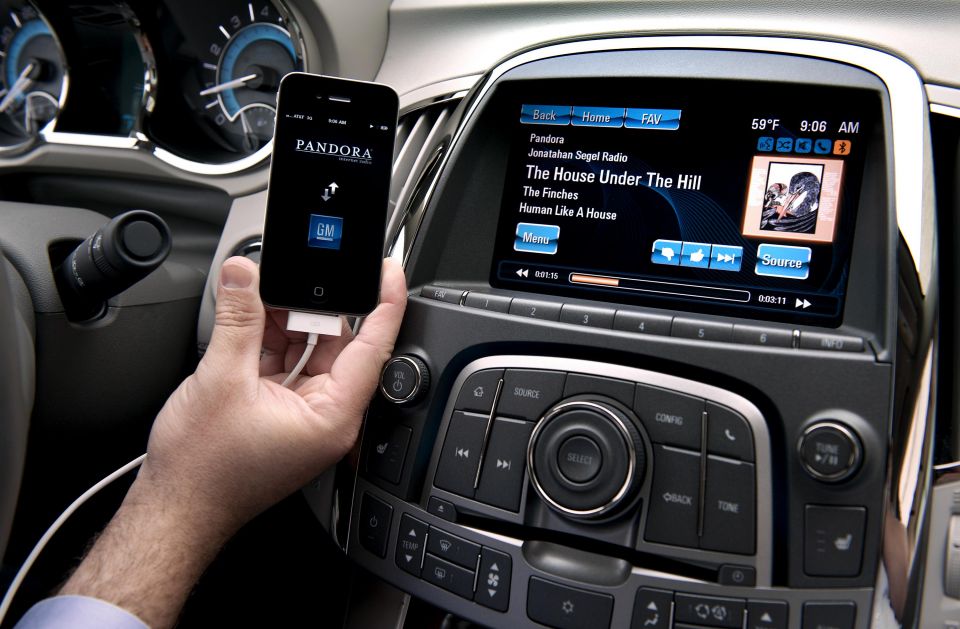

Many higher-end models became more Internet-connected with integrated 3G or 4G cellular network SIM cards, which allowed the likes of Audi and Tesla to use Google Maps satellite view, check the weather or stocks with built-in apps, or operate as a Wi-Fi hotspot for passengers to enjoy.
The launch of the electric Tesla Model S sedan in 2012 also signalled a push towards even more advanced technology in cars, with a gigantic 17-inch vertical touchscreen that could receive over-the-air (OTA) software updates just like a smartphone, and fully digitalised driver instrument cluster that integrated with the infotainment.
Tesla’s system was quite revolutionary at the time – and is still unique in 2020.
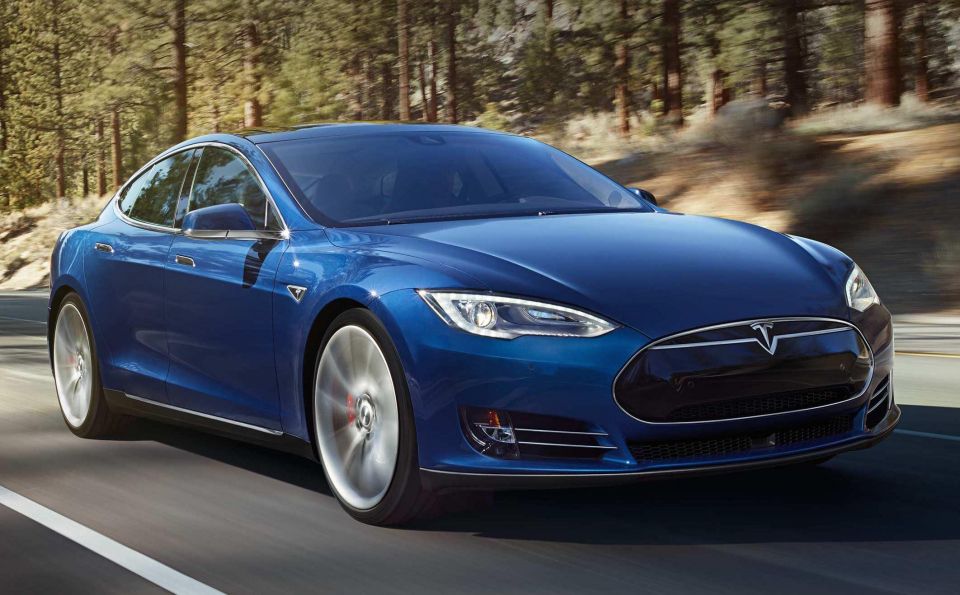
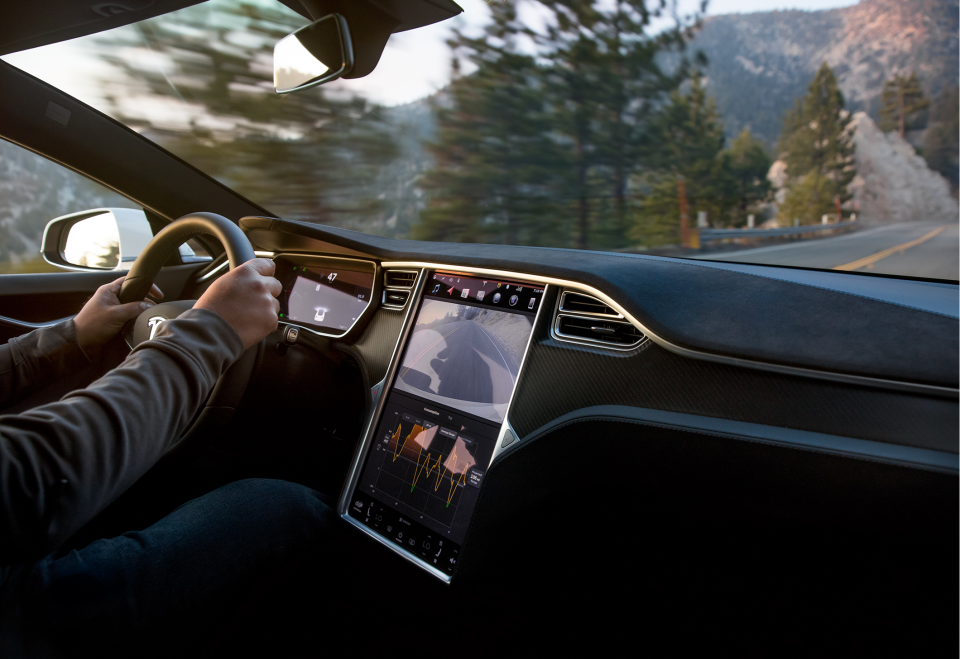
At the same time, the release of Siri in 2011 and Google Voice Search in 2012 allowed automakers to integrate the voice assistants into vehicles, allowing them to be summoned via a button if connected to a compatible mobile using Bluetooth.
Of course, these integrations were mostly superseded by the penetration of MirrorLink, Apple CarPlay, and Android Auto smartphone mirroring features from 2014.
Their easy-to-use interface and apps such as Google Maps, Waze, and Spotify were deemed superior to manufacturer’s own built-in infotainment units.
Smartphone mirroring has since spread across all kinds of vehicles, from entry-level Kias to high-end Italian metal.
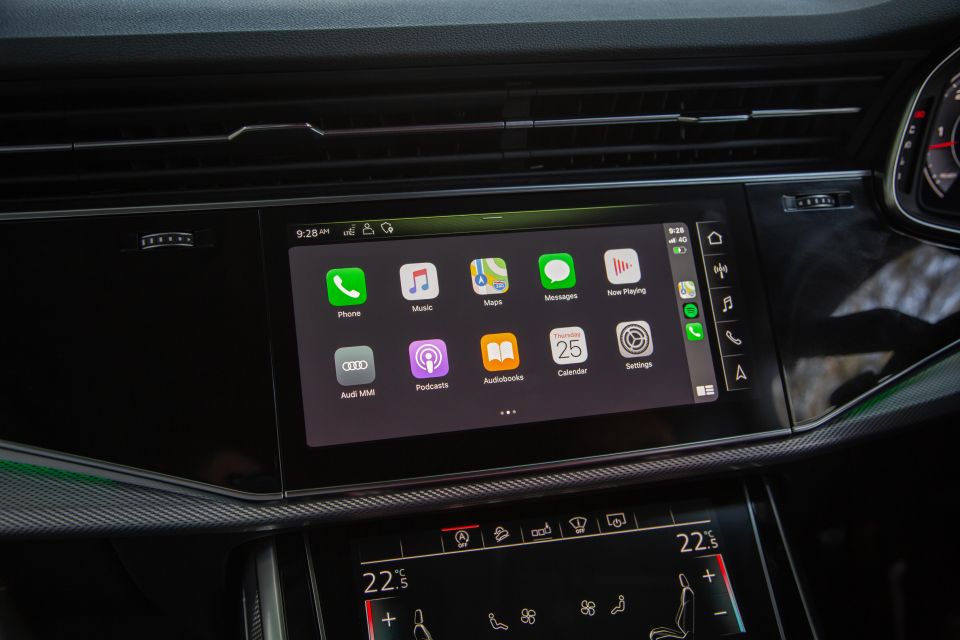
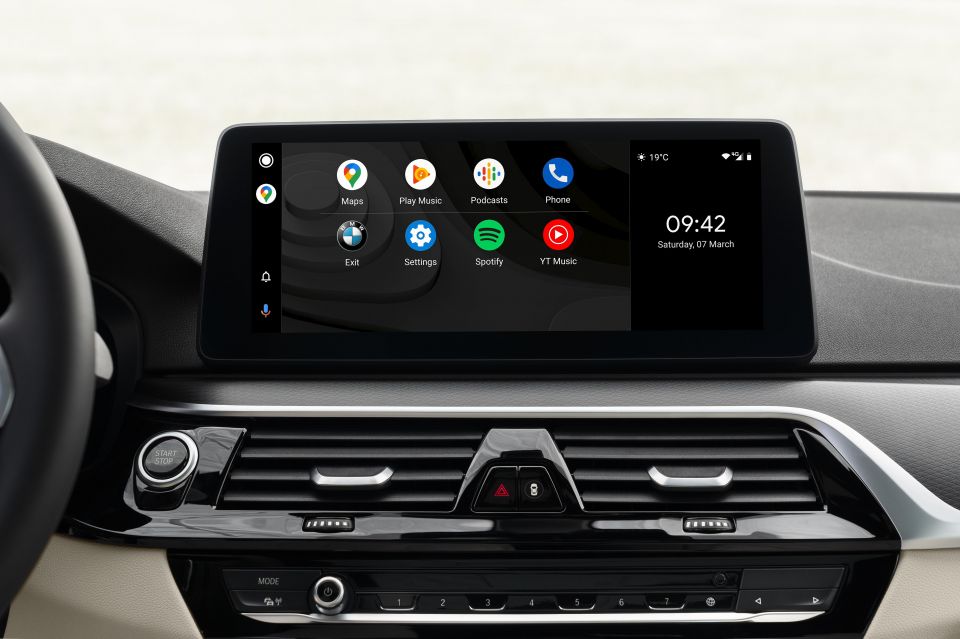
It’s worth noting MirrorLink has met its demise over time. CD players have also disappeared from most cars due to the advent of on-demand audio streaming from Spotify, Apple Music, and YouTube Music.
But carmakers aren’t content ceding control to Silicon Valley tech companies. They continue to advance their own infotainment software systems in a tech contest.
While 2010 started off with 3.0- to 8.0-inch displays as the norm, the standard has grown to anything between 7.0- and 17-inch horizontal widescreen or vertical slabs.
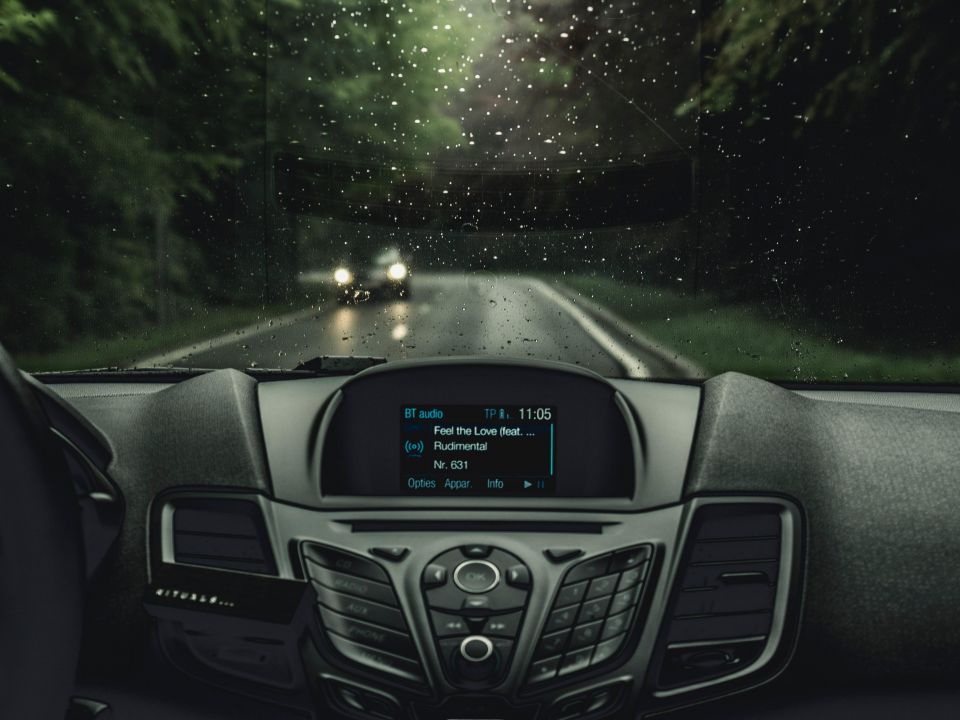
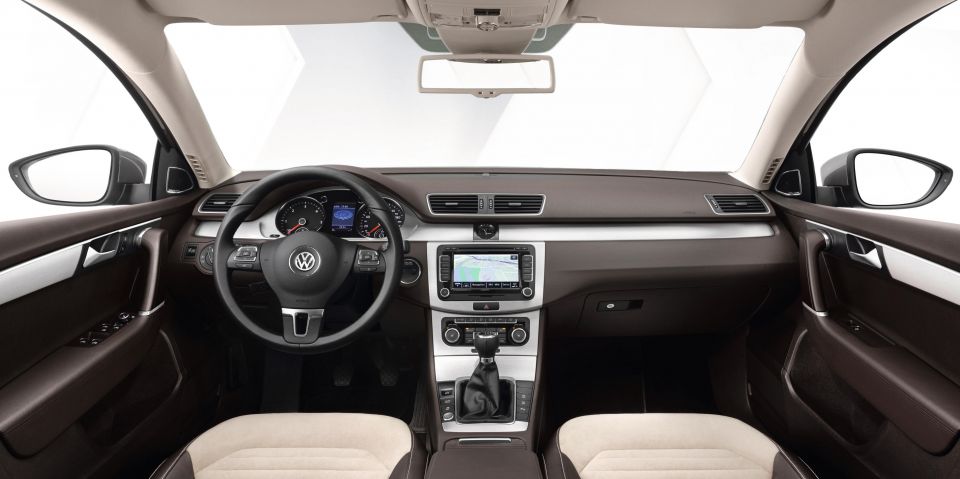
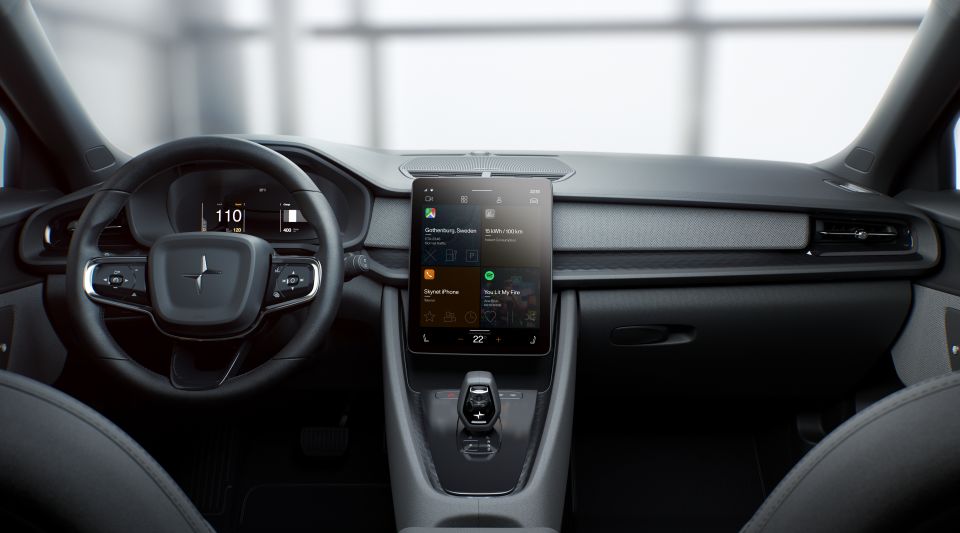
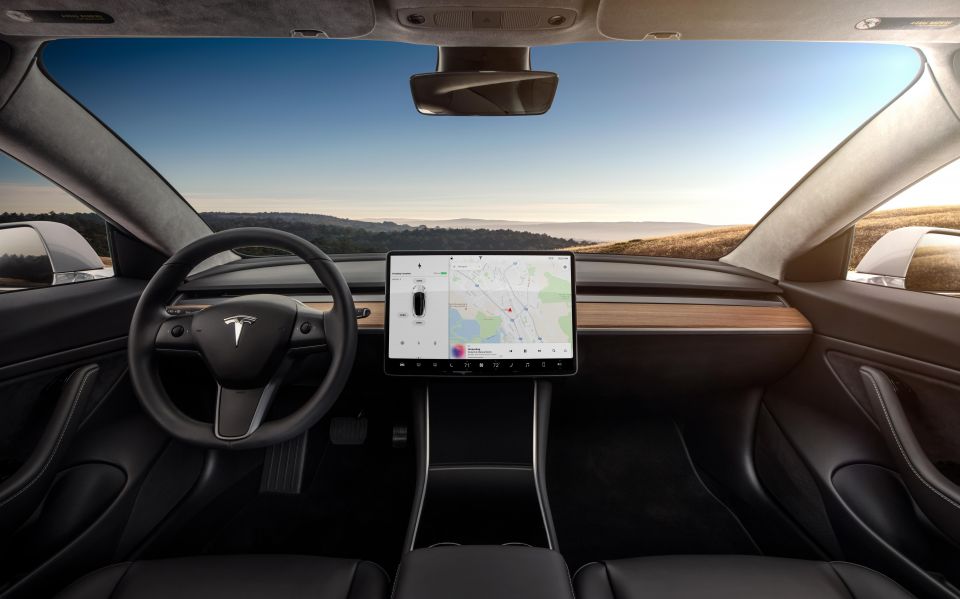
Infotainment screens also went from being built into the dashboard, sometimes positioned very low, to pop-out tablet style displays sitting in the driver’s line of sight.
Likewise, the way users operate infotainment systems has altered, too – from using physical buttons and knobs, to touch pads, touchscreens, rotary dials, voice controls, and even hand gestures.
The emergence of all-electric vehicles is also transforming the idea of the infotainment. Tesla has reimagined its touchscreen as more of a smart hub, with on-demand video streaming apps and built-in video games that can be played while the batteries are charging.
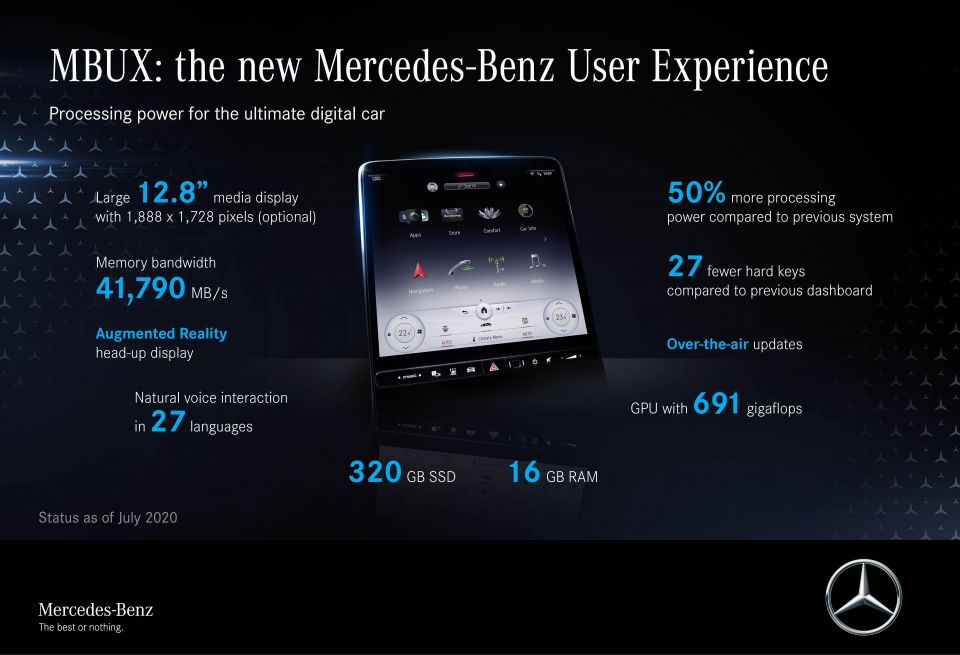
The recent preview of Mercedes-Benz’s new MBUX system is a sign of where infotainment systems are headed.
As carmakers become more like technology companies, infotainment will continue to be heavily influenced by developments in smartphone technology.
The latest iteration of the MBUX system in the W223 S-Class epitomises this, employing multiple high-resolution organic light-emitting diode (OLED) screens with haptic touch feedback, fingerprint or facial biometric authentication to load individual driver profiles stored in the cloud, and high-powered processors and memory chips.

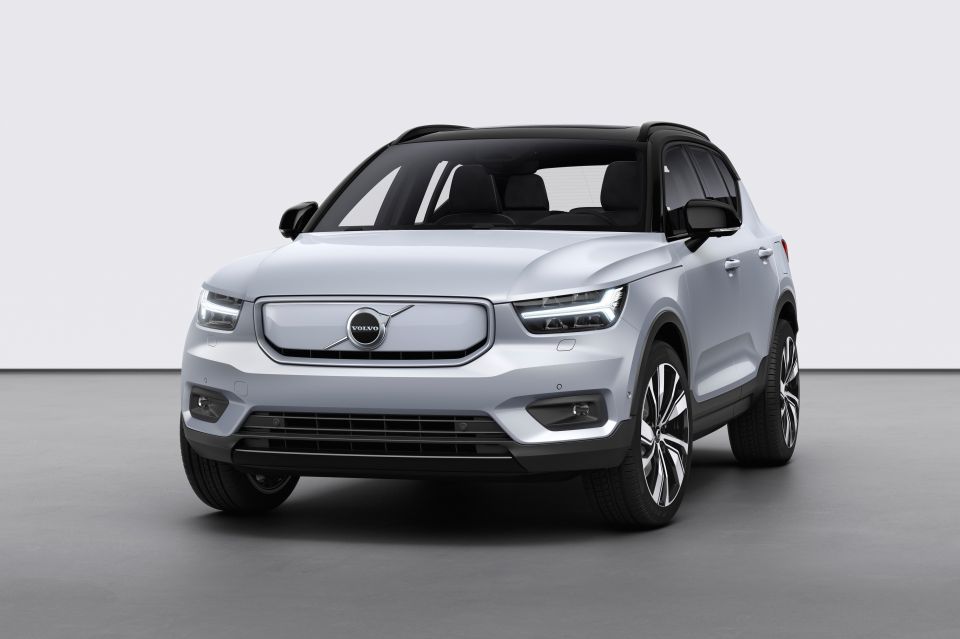
With the tech world trending towards Mini-LED, high refresh rate, curved, and even transparent displays with minimal bezels, expect in-vehicle infotainment to follow.
The rather unfortunate trend towards a button-less future will also materialise as basic car controls like volume, the HVAC, headlight and wiper options become relegated into screens or as touch sensitive toggles.
Augmented reality (AR) is also workings its way into cars by projecting navigation directions and safety assistance symbols onto the road in real-time.
AR is already featured on the aforementioned S-Class, Volkswagen ID.3, and Genesis G80.
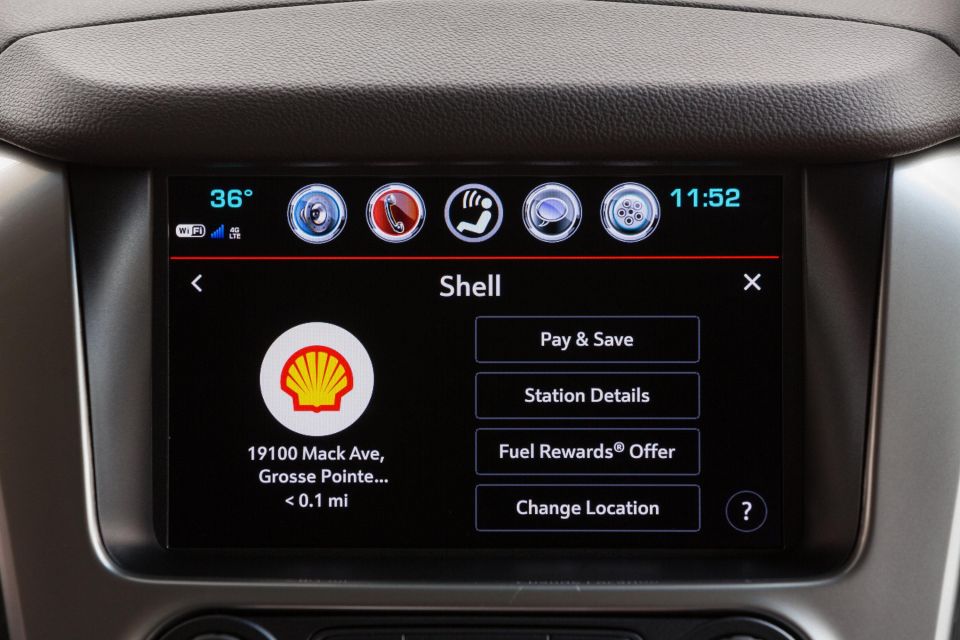
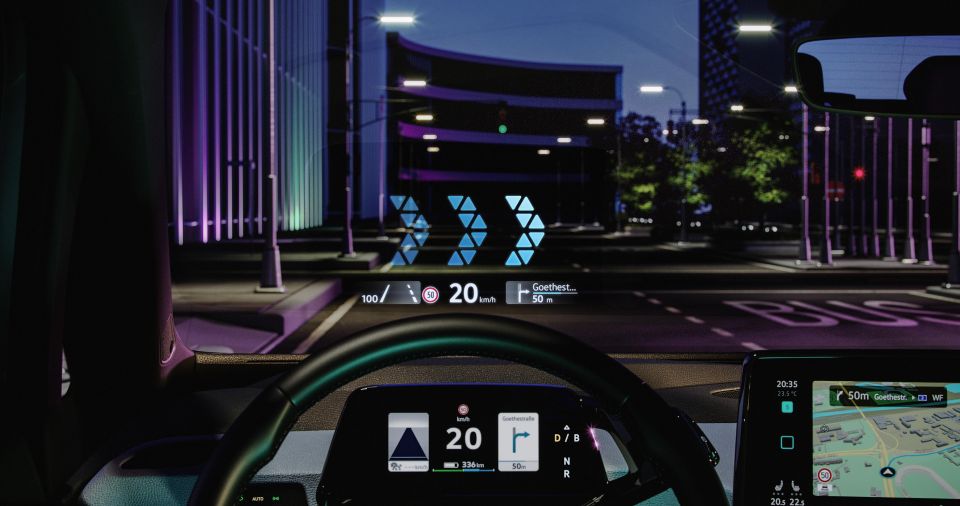
The recent announcement of Apple CarPlay with iOS 14 will even support payment via the infotainment system for quick food ordering, electric vehicle charging, and parking – a concept trialled by automakers in the past.
Carmakers such as Volvo and Maserati are even giving full infotainment control to tech giant Google, by using the Android Automotive software platform.
Furthermore, the Volkswagen Mk8 Golf hatchback and BMW 5 Series sedan also debuted subscription-based features, where usually standard equipment like heated seats, air suspension, and adaptive LED headlights are opt-in options – enabled or disabled via a simple OTA infotainment software update.

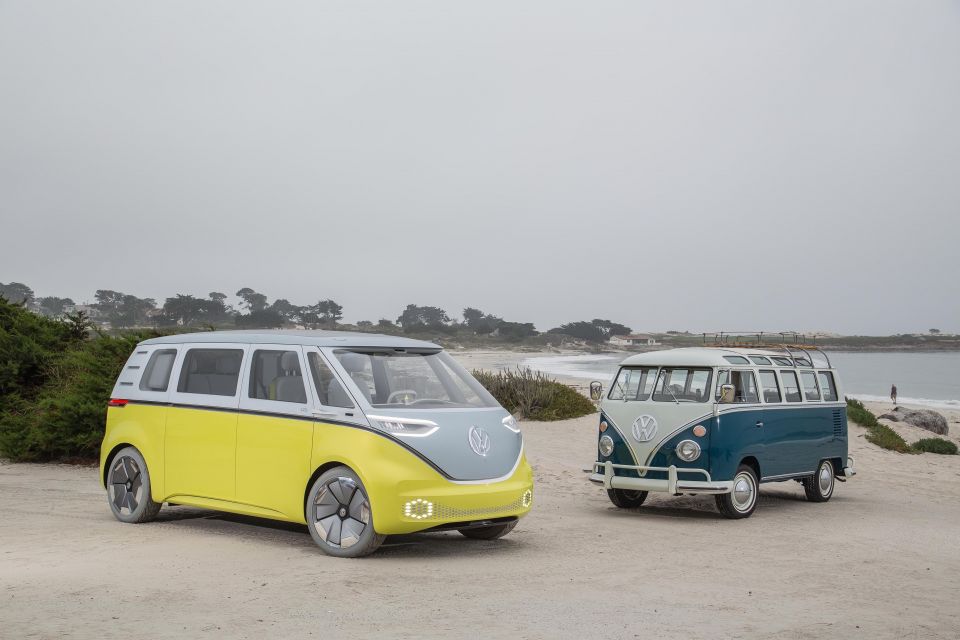
Therefore, infotainment systems in cars will only become digitalised, mediatised, and datafied in pervasive ways with more driver monitoring, and subscription models that reimagine car ownership as an always-updated service rather than an unwavering asset.
Like the smartphone, the infotainment has transformed into a multi-faceted and highly capable computer that has redefined the driving experience and automotive industry.
Yet, the radio that kicked off the infotainment evolution still remains an integral aspect in cars today.


Matt Campbell
6 Days Ago
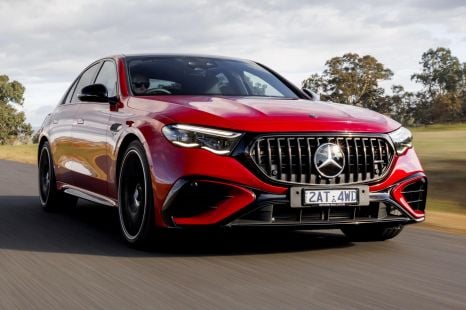

Max Davies
5 Days Ago
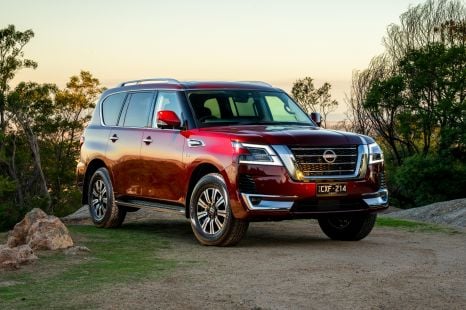

James Wong
3 Days Ago
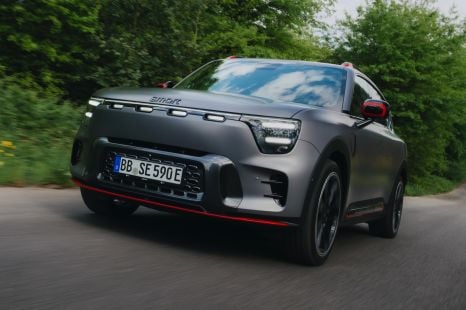

James Fossdyke
3 Days Ago


Gautam Sharma
2 Days Ago
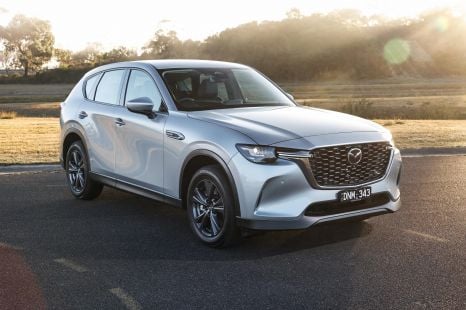

Josh Nevett
9 Hours Ago